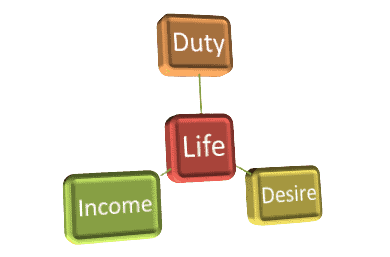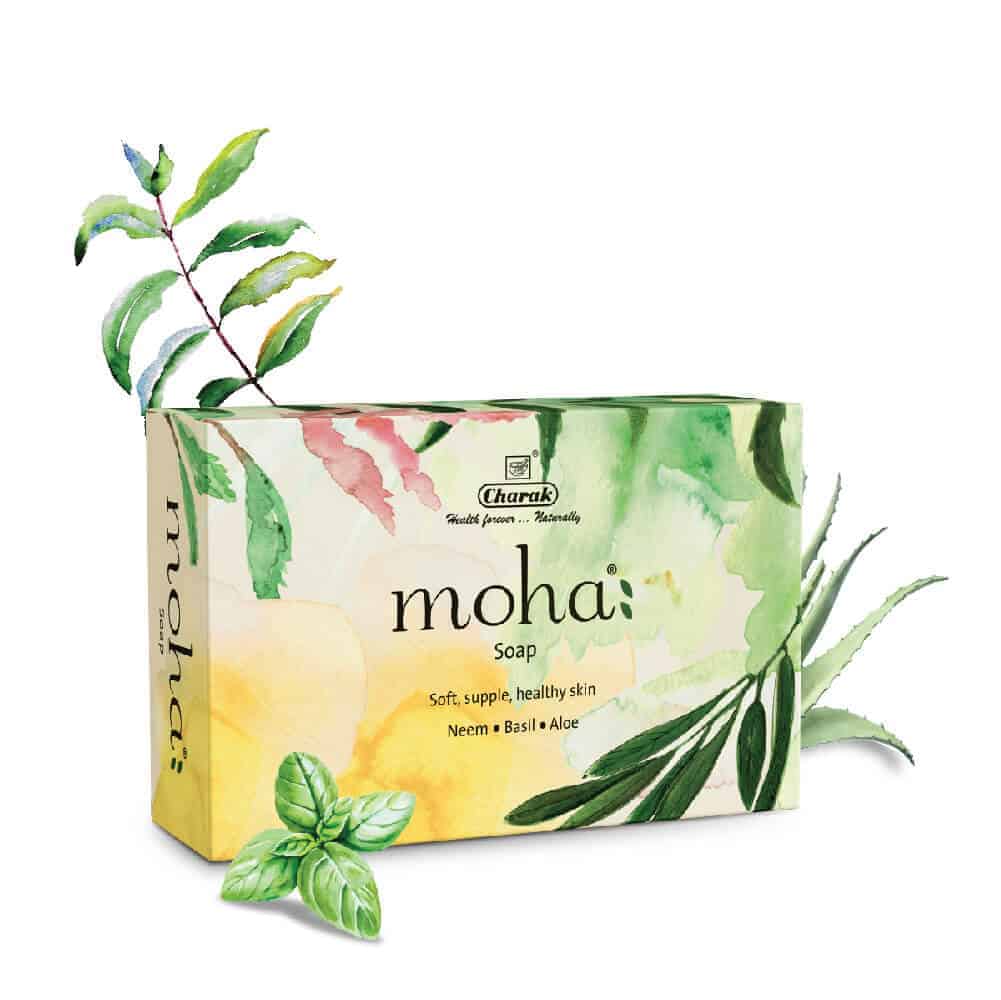There are four types of Agni which are like Digestive fires
1. Vishama Agni - It is influenced by Vata. A person with Vishama Agni will sometimes have strong appetite & digestion while other times have poor appetite and digestion.
2. Teeksna Agni - It is influenced by Pitta Dosha. A person with Teeksna Agni will have rapid digestion and strong appetite.
3. Manda Agni -It is influenced by Kapha. A person with Manda Agni will have
sluggish digestion and poor appetite.
4. Sama Agni - It is influenced by perfect balance of Tridosha. A person with Sama Agni will have good appetite and digestion.
























